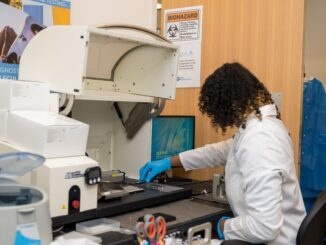Obstructive sleep apnea (OSA) is a common sleep disorder characterized by intermittent airway blockages during sleep, leading to disrupted breathing. Despite advances in diagnostic tools, current methods for assessing the condition remain limited, often unable to provide a complete picture of the airway obstructions that occur during sleep. This has prompted the search for a more accurate, less invasive way to diagnose OSA and guide treatment decisions.
This article was originally published on MedicalXpress.com




